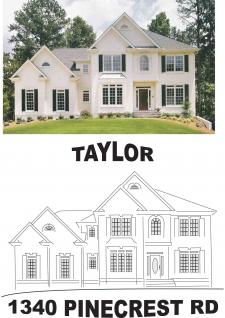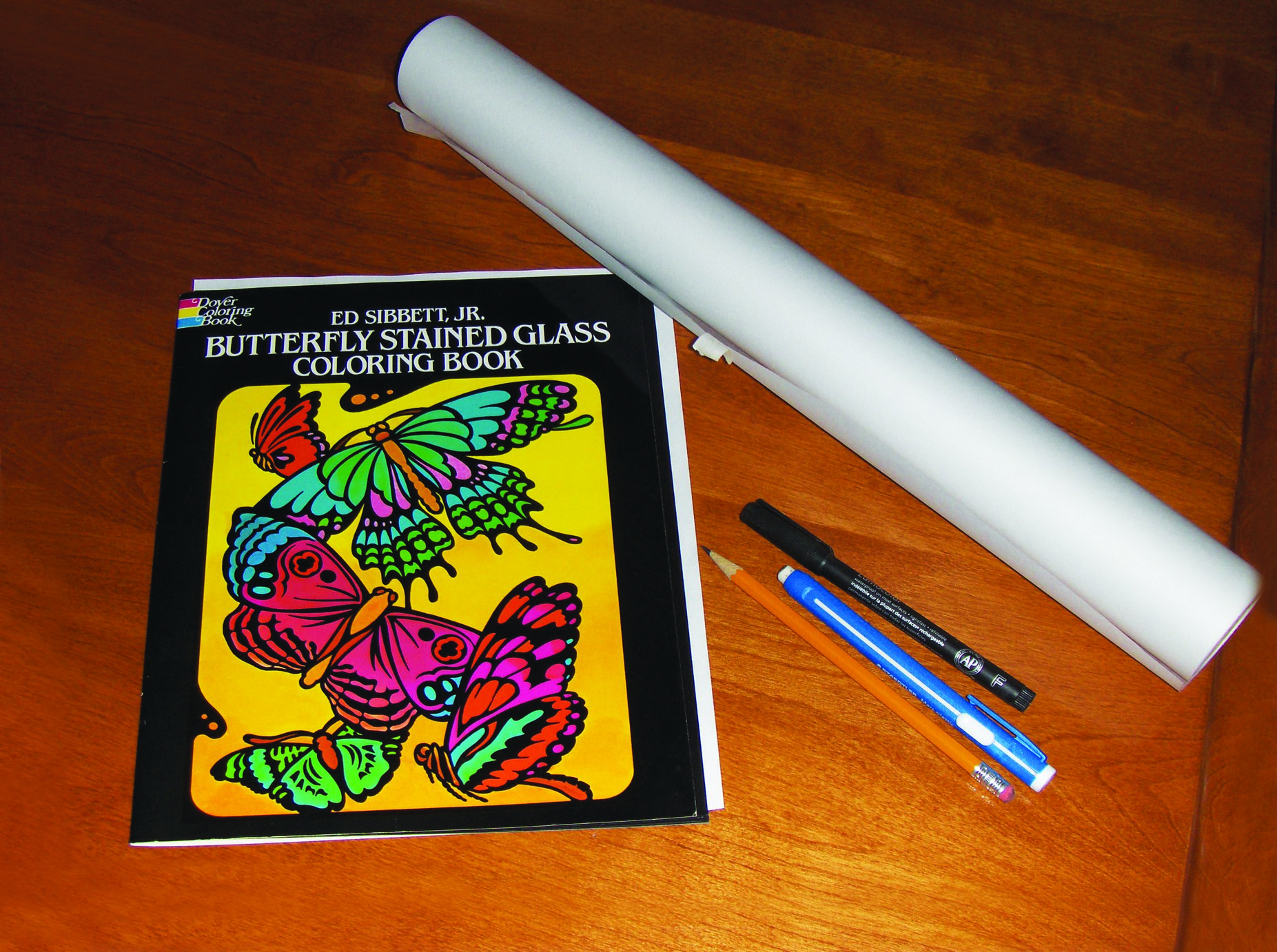 Hand-draw or use software to design your own pattern
Hand-draw or use software to design your own pattern
A friend commissioned me to cut a fretwork portrait of the Biltmore House in Asheville, N.C. I used her photo to create the pattern and portrait of the famous mansion.
Since then I have finished a few more house projects. Most of the homes were easy to design compared to the Biltmore House.
Of course, the more floors, features, and landscaping a house has, the more complex the pattern will be. I usually eliminate trees and other landscaping elements because they distract from the house. As you master this technique, experiment with adding a tree to the side of the house to add character to the project.
You can also add a name and address to the portrait. Choose a font that accents the design of the house—a comic sans font will not work with a Spanish-style house, and a Gothic font will not work with a colonial-style house.
I use a commercial computer program such as CorelDraw or Photoshop, or a free program such as Gimp or Inkscape. But, it’s also possible to create a pattern using a pencil, paper, and ruler.
To use a paper and pencil, print a large photograph of the building and tape it to a flat surface. Attach thin tracing paper over the photo. I use a ruler and sharp pencil to trace the lines of the house; be careful not to puncture the tracing paper with the pencil.
To use a computer program, open the photo in the software and use the pencil or line-drawing tools like a pencil.
DIY Book of Backyard Sheds & Tiny Houses | Wild & Wacky Bird Houses and Feeders | Big Book of Intarsia Woodworking
Materials & Tools:
For computer-generated pattern:
• Drawing software, such as CorelDraw, Photoshop, Gimp, or Inkscape
For hand-drawn pattern:
• Tracing paper or onionskin paper (optional)
• Pencil
• Tape
• Drawing board
• Compass
• Ruler
• French curve set
For all projects:
• Plywood, 1/8″ (3mm)-thick: portrait and backer, 2 each sized to the pattern
• Blades: #2 or #2 reverse-tooth spiral blades
• Drill and bits: assorted small bits
• Danish oil
• Frame







